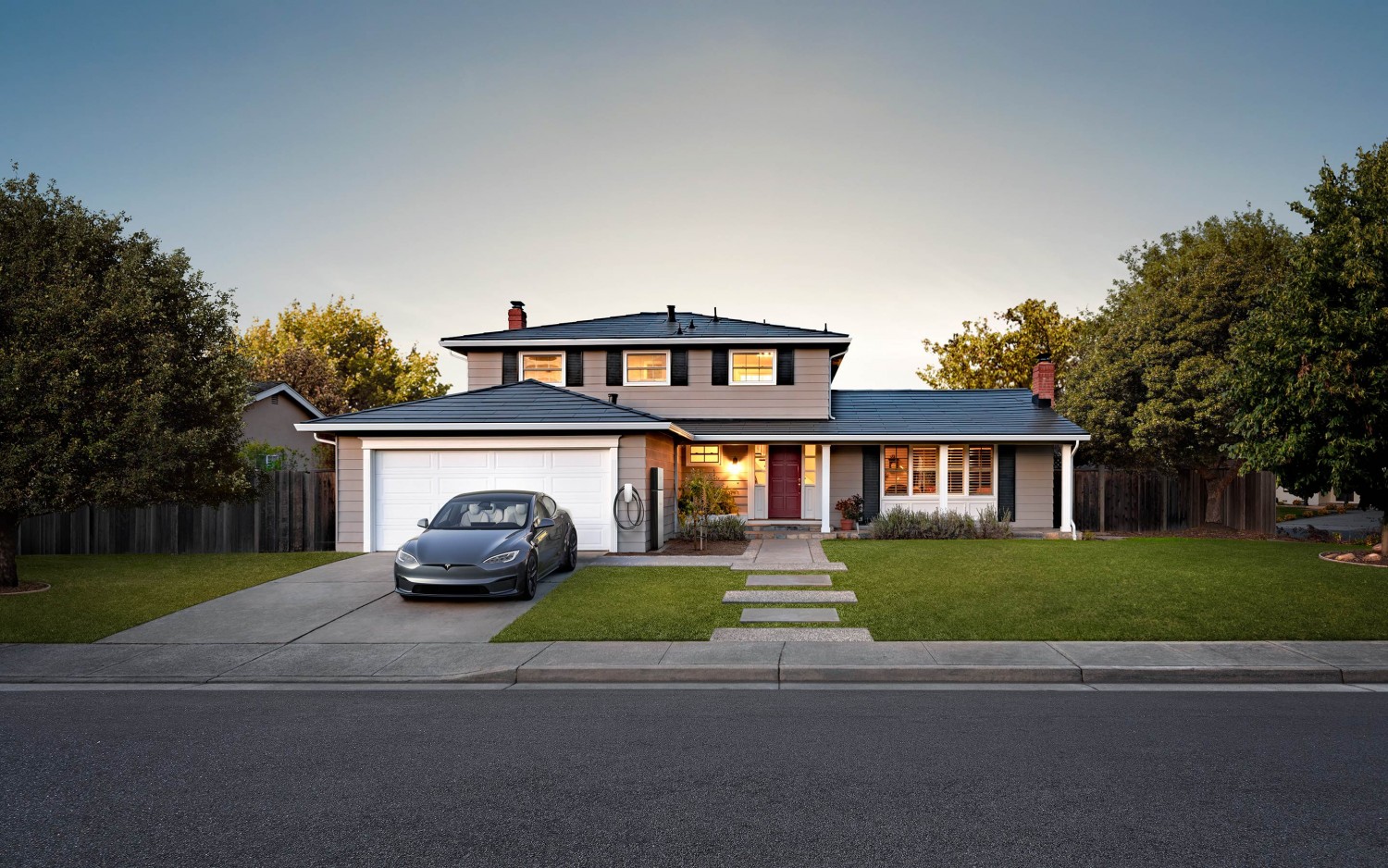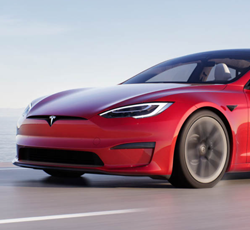
New Tesla Model X (2021) Review - CAR Magazine
- by CAR Magazine
- Sep 28, 2023
- 0 Comments
- 0 Likes Flag 0 Of 5

► Model X throws net into SUV/MPV market
► Tech shared with Model S
► Model X prices start from £87,980
If you’re a Tesla fanchild, this Model X review is not going to be the criticism-free fanfare you might desire. While the Tesla Model X once stood out in a relatively small crowd, it’s now 2022. That means established car makers have listened, learned and unleashed some pretty competitive rivals to take on the hulking all-electric Model X.
That’s not to say the Tesla Model X doesn’t retain some of its uniqueness. Who could forget its fancy falcon doors, seven-seats, a screen-dominated cockpit, fart sound effects, and the unholy 0-62mph time of 2.6 seconds for the fastest model? Indeed, the Model X remains unforgettable. After all, it does make up the X in Elon Musk’s obsession with ‘S3XY’.
But there’s no getting away from the new all-electric sweethearts on the market, that are arguably better built for Britain’s dinky roads. Audi, BMW, Jaguar and Mercedes all have electric SUVs, in the e-Tron, iX3, i-Pace and EQC respectively.
Closer in size to its European counterparts is Tesla’s own Model Y, a more compact SUV. So this leaves us all wondering, is the Model X still the car to go for if you want something that’s flashy, huge, and green?
More like Tesla Model XXL…
Tesla has matured since the days of the original Roadster, and now Elon Musk’s EV company has a distinct design language. Featuring a minimal grille with no air inlets – a benefit of not having to cool down the byproducts of combustion in a traditional engine – the Model X is distinctive.
But those clean inoffensive lines betray just how huge it is. And it really is vast. So much so you can get the Model X interior in five-, six- or seven-seat configurations.
Those Falcon Wing doors
Tesla’s Falcon Wing doors set the Model X apart from the Model S, as well as every other vehicle – and they get their own section in this review. While they appear to be a gimmick (and often feel like one) they’re sometimes genuinely useful.
You can’t help but feel they were made for early-adopters to flaunt at Superchargers like a peacock ruffling its plumage. The whole process seems to take a while, and the doors don’t always unfurl in a smooth or uniform way, giving the impression they’re rather flimsy.
That’s a shame, because there were times when the doors really came in handy. When parked close to other cars, for instance, they allow multiple passengers to hop in and out, where other doors would require a squeeze. Tesla says they’re invaluable for elderly passengers too, and you can see why.
But the doors can also be a nuisance, and there were times we’d try to avoid using them. Forgotten a bag in the back? Can’t stretch round and get it from the driver’s seat? Nope. Moments later, seconds later, you’ve got your bag, but onlookers think you’re trying to show off.
Are they cool? Debatable. Are they useful? Sometimes. Perhaps a Tesla Model X with one conventional door and one Falcon-wing would be a suitable halfway-house. But every solution presents a compromise and this one would create problems for building cars for right- and left-hand drive markets.
Is the Tesla Model X practical?
Whatever you think of the doors, they’re part of the Model X’s focus on practicality, and that design ethos is evident in the Model X’s interior, too. Three seating configurations are available, and seats can be electrically folded and moved like parlour tricks: lightly press a hidden button and headrests fold down, for example.
With the rear two seats folded away, the boot isn’t small and, if you’re still not happy, there’s always the frunk/froot (front trunk or boot to those allergic to naff portmanteaux). However, all that empty space in the Model X interior doesn’t always translate to spaciousness.
When specified with two seats in the middle row, said seats are positioned close to the rear doors with an overly large gap between them. There’s a lack of elbow room for the outer edge. Yet, a more balanced design has been found up front.
The Model X’s MPV capabilities keep it relevant in this busy SUV market. Seven-seat fully-electric SUVs are few and far between. The rival e-Tron, iX3, i-Pace and EQC are all strictly five-seaters. The Model S can do you seven-seats, if SUVs aren’t a pre-requisite, and then there are always the Mercedes EQV and Nissan e-NV200 car-derived vans.
What’s it like to drive?
Imagine a Model S with more height and weight, and you’re pretty much there. Just like the saloon, the Model X offers a relatively firm ride and swift linear acceleration, but only really reminds you of its 2.3 tonnes when you brake or turn. The performance is fun on slip roads and genuinely useful on the motorway, but don’t think this is an Alfa Romeo Stelvio Quadrifoglio rival. It just happens to be whisper-quiet and quick.
If its acceleration is too fast for you, putting the car in Chill mode will make the performance a little more laidback – and handily extend the battery range too.
Like its siblings, the Model X’s steering is more of a switch than a precise instrument. Changing it to a sportier mode certainly helps, but not much. It may be a family car, but it’s an area where Tesla will need to improve on to compete with the work of more experienced chassis engineers if it wants to appeal to drivers who actually enjoy driving.
Of course, Tesla’s ultimate ambition is that you won’t be driving in the traditional sense all the time anyway. Our Model X was fitted with Tesla Autopilot, and it remains one of the best driving assistance packages on the market today. Once the system decides the road is suitable, Autopilot is engaged with two pulls of the dedicated stalk, and that’s pretty much it. Just twist the stalk to pick the distance between you and the car ahead and sink into the Model X’s luxury interior.
Traffic jams, motorway lane changes and sliproads are handled swiftly and smoothly, though, perhaps reassuringly, it errs on the side of aggressively cautious when confronted with cars that wander around their lanes too much. Outside of the motorway network, the usual parking assistance and ability to just let it creep at urban speeds following the car in front is enough to lower the heart rate somewhat.
Please first to comment
Related Post
Stay Connected
Tweets by elonmuskTo get the latest tweets please make sure you are logged in on X on this browser.






 Energy
Energy


















